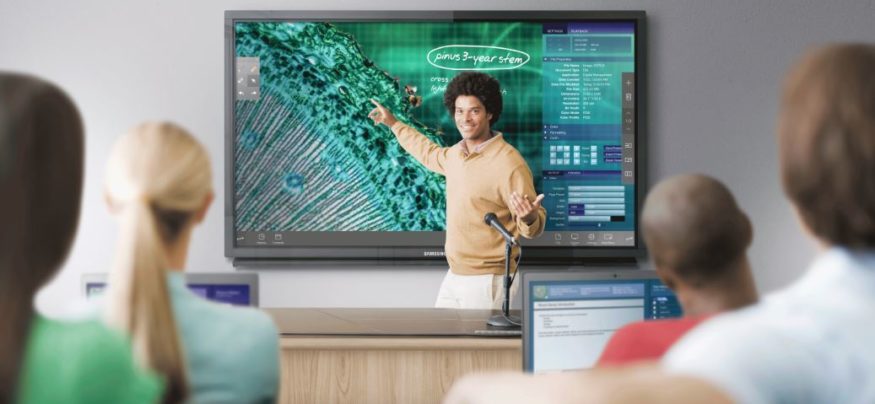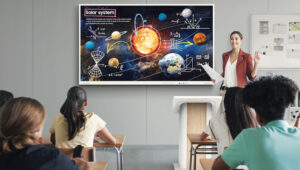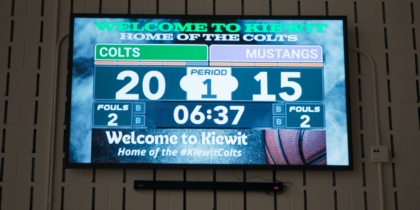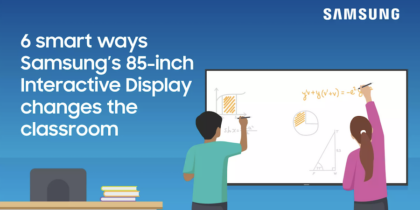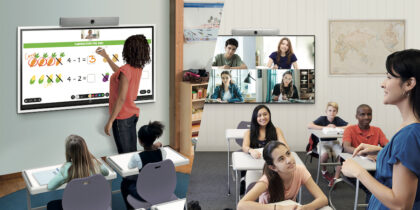Technology in the classroom is continually evolving and improving the way children learn and how faculty teach. According to the National Education Technology Plan, access to the school’s wireless capabilities provides the best teaching and learning experience for faculty and students. The plan highlights five essential areas that are pivotal for federal education grants learning, assessment, teaching, infrastructure and productivity.
Educational technology advances quickly, and school districts are looking for innovative approaches to funding wireless classroom implementations and upgrades. Under the Education Rate (E-Rate) program, a K-12 institution can receive federal subsidies of 20 to 90 percent on telecommunications services, internet access and network equipment.
The biggest challenge for scholastic IT administrators is developing a core infrastructure to support thousands of students, faculty and visitors concurrently accessing a school’s private network. When seeking out solutions to this challenge, 85 percent of district technology directors identified the development of wireless classroom networks as their top priority, a significant jump from 71 percent the year before, according to a 2013 survey by the Center of Digital Education.
Samsung’s Smart WLAN is helping schools meet the growing demand for bandwidth through its ability to distribute airtime equally and offer the fastest Wi-Fi connections available today.
Maximum Engagement with Smart Antennas
According to a 2015 report from Insight, an IT services company, 75 percent of U.S. schools do not have the appropriate network bandwidth to support 1:1 computing initiatives. Samsung has developed one of the most promising WLAN features for K-12 districts, the Intelligent Beam Selectable Antenna (IBSA). This wireless access point system “listens” and “learns” from the response data of user devices. IT administrators use the response data to self-focus wireless signals, making them strong, reliable and abundant.
Beam-forming, that is controlling the direction and strength of the wireless signals using IBSA’s, help allocate array beams of data throughout a school’s wireless system more quickly and reliably. This enables high-capacity connectivity across multiple channels or campuses and minimizes wireless dead zones.
Optimize Wi-Fi Service with AirEqualizer
A successful WLAN infrastructure must sync hundreds of unmanaged devices and ensure seamless connections to a network. Through Samsung’s AirEqualizer software access is systematically divided among those devices and directed within the school’s network, without compromising service quality. It guarantees airtime fairness when multiple devices need to simultaneously connect to a network.
The AirEqualizer also grants IT administrators the ability to tailor resource usage among specific groups. For example, selective access can be granted to students during a research project for YouTube or Facebook. Similarly, the software can be customized to only allowing teachers to access printers.
Bringing Real-Life Solutions to the School
Samsung Wireless Enterprise products and solutions are currently in use at a number of K-12 institutions across the US. At the International Leadership of Texas (ILTexas) charter school system, faculty and students needed a WLAN solution to support networking, phone systems, surveillance and mobile computing.
In three months, Samsung configured their WLAN strategy and network to provide 20GB access speeds, 500 wireless access points and integrate 100 security cameras to monitor student safety and ensure building security across multiple campuses. The concept enhances the school system’s learning environment just as the National Education Technology Plan outlines.
ILTexas rolled out a plan to rely heavily on a technology-rich environment that is adaptable to handle different curriculums. Students get the best of both worlds: virtual and hands-on learning opportunities taught in a creative, engaging space. The wireless capabilities of this school system include a robust wireless Internet connection that supports thousands of devices without diminishing bandwidth.
Educators are eager to address these challenges and bring their networks up to speed. Advances to WLAN technology, such as IBSA, create seamless connections and provide reliable high-performance network access. When used with AirEqualizer technology, the Samsung WLAN product and solution portfolio creates the foundation for delivering connected education anywhere at any time.
Looking to upgrade your wireless classroom infrastructure? Take a look at these WLAN solutions.
